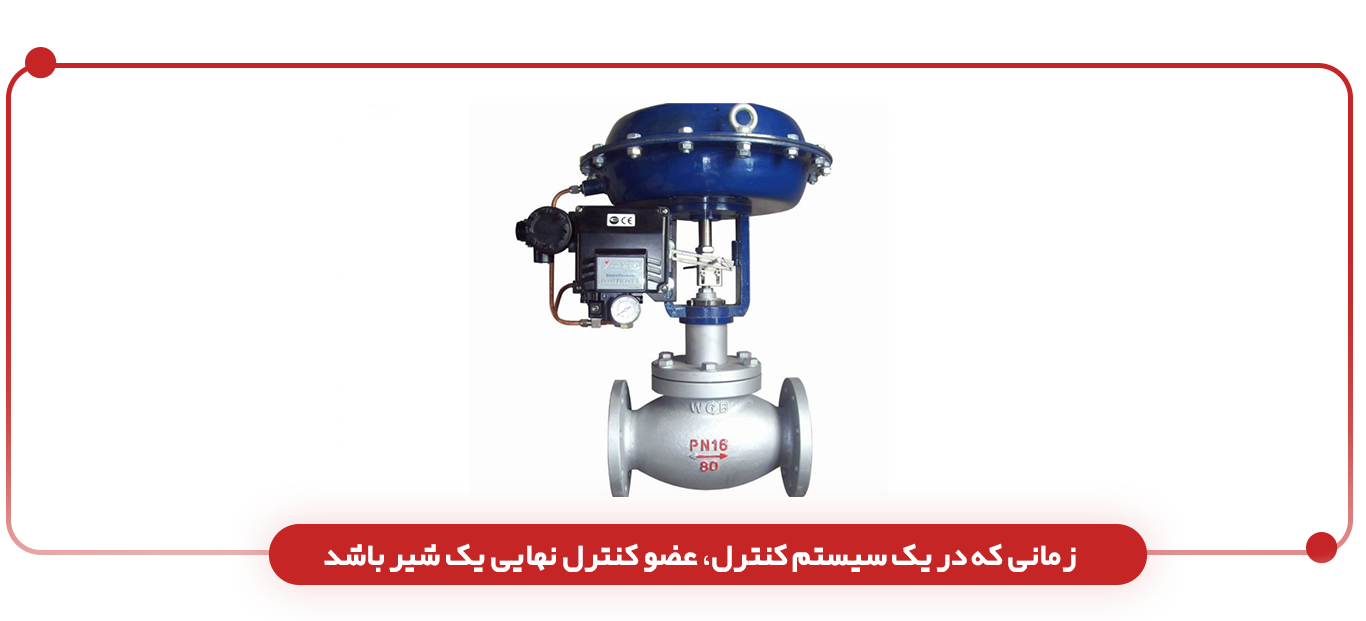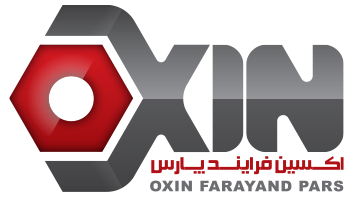Instrumentation
Instrumentation is a general term for measuring instruments used to indicate, measure and record physical quantities. Instrumentation can also be classified based on the agent it is intended to operate on; For example, sections: precision instruments related to temperature, such as temperature controllers, temperature transmitters and thermometers or temperature displays, instruments for accurate pressure measurement and control, flowmeters or fluid flow measurement and transmission of flow values or its control, level measurement instruments or measuring the level of materials inside Tanks and their precise control and speed measuring tools, humidity measuring tools and…
sensor
A sensor is a tool that is present in all measuring devices and has the task of converting a physical quantity into an electrical signal in electronic equipment or converting a physical quantity into a pneumatic signal in pneumatic equipment. All types of measuring devices have different sensors that measure quantities such as temperature, pressure, flow, etc. Depending on the type of operation, these sensors have different outputs, such as changes in electrical resistance, changes in capacitor capacity, changes in electric current, etc. Of course, sensors also have applications such as detecting presence or absence, such as optical sensors. Temperature sensors such as thermocouples and RTDs as well as silicon temperature sensors.
Transducer
A transducer (transducer) by definition is a device that converts the physical signal from the sensor into an electrical signal, that is, if a pressure sensor is accompanied by a transducer, the sensor measures the pressure parameter and delivers the determined value to the transducer. then the transducer converts it into an electrical signal that can be sent by metal wires; Therefore, the output of a transducer is always an electrical signal that can change electrical characteristics and parameters such as voltage, current, and frequency on the other side of the line. and can, for example, convert the measured temperature into a very weak signal that will be entered into the transducer in the next step and then delivered to the electronic circuits. Transducer is one of the main equipment in industrial electrical automation systems, by means of which it is possible to sample the parameters of the electrical network (single-phase network and three-phase network) and convert them into standard signals by the transmitter and at the input of measuring devices such as displays and Controllers and PLC and SCADA systems used them.
transmitter
Transmitter is derived from the combination of the two words TRANSFER+METER. It means a device that can measure a physical quantity (METERING) and transfer it to a distant place such as a control room. It can be pneumatic or electronic. In both cases, the sent signal is standard and can be understood by the equipment that is in the control loop. In the electronic type, the current of 4-20 milliamps and in the pneumatic type, the air pressure of 3-15 (PSI) or (bar) is sent from the transmitter to the electronic and pneumatic controllers. In other words, an industrial transmitter is a tool that is used to measure various quantities and parameters such as temperature, pressure, humidity, liquid level, flue, environmental gases and other such things, and the measured values in the form of standard electric current in the range of 4 to 20 Milliamps are sent on a pair of wires. The isolated transmitter (TRANSMITTER) is used to convert all kinds of analog signals with high accuracy and quality. With support for all signals and different measurement ranges, including 4 to 20 mA DC signal, 0 to 20 mA DC signal, 0 to 5 V DC, 0 to 10 V DC, types of thermocouple (Thermocouple) J, K, B, R, S, T, E, N, RTD and PT100 types, potentiometer, resistance. The input and output are completely isolated against noise and power fluctuations, filtering and signal amplification are important points in the transmitter. The output obtained from transmitters can be used in displays, PLC systems and all control equipment, and nowadays transmitters are widely used in the oil, gas, petrochemical, steel, cement, foundry, pharmaceutical, home appliances, medical engineering industries and in general. Any system that needs industrial automation has been found.
The structure of transmitters: In general, transmitters consist of three main parts: sensor, transducer and amplifier. Transmitters are made in electric and pneumatic types. The output of electric transmitters between 4 and 20 milliamps and pneumatic transmitters between 3 and 15 psi can be changed depending on the input quantity changes. To calibrate or calibrate the transmitters, according to the manufacturer’s instructions, we set the output by giving specific and known inputs.
Application of transmitters: sensors and transmitters are components of an industrial process that have many applications in various processes. Today, it is widely used in oil, gas, petrochemical, steel, cement, foundry, pharmaceutical, medical engineering, and generally any system that requires industrial automation. The main use of these parts is to evaluate the performance of the system and provide a feedback with the appropriate value and status, so that the system controller will understand the status of its operation and the output state.
Types of signaling protocols commonly used in precision instruments include the following:
Electric current loop 4-20 mA
HART protocol, for digital data transfer over 4-20mA current
Foundation Fieldbus Protocol
Profibus protocol
controller
The controller or controllers are the masterminds of control systems. The outputs or measurement signals are transmitted by the transmitter to the controller, so that the controller can make the necessary decisions for the required reaction with the help of this information and based on the function defined for it. The controller determines the values of the regulated variables by comparing the measurement signal with the desired value and performing the necessary calculations. The input of the controller is sensors and transmitters, etc., and the output of the controllers is the control of valves, motors, etc.
The final element
Decisions made by

